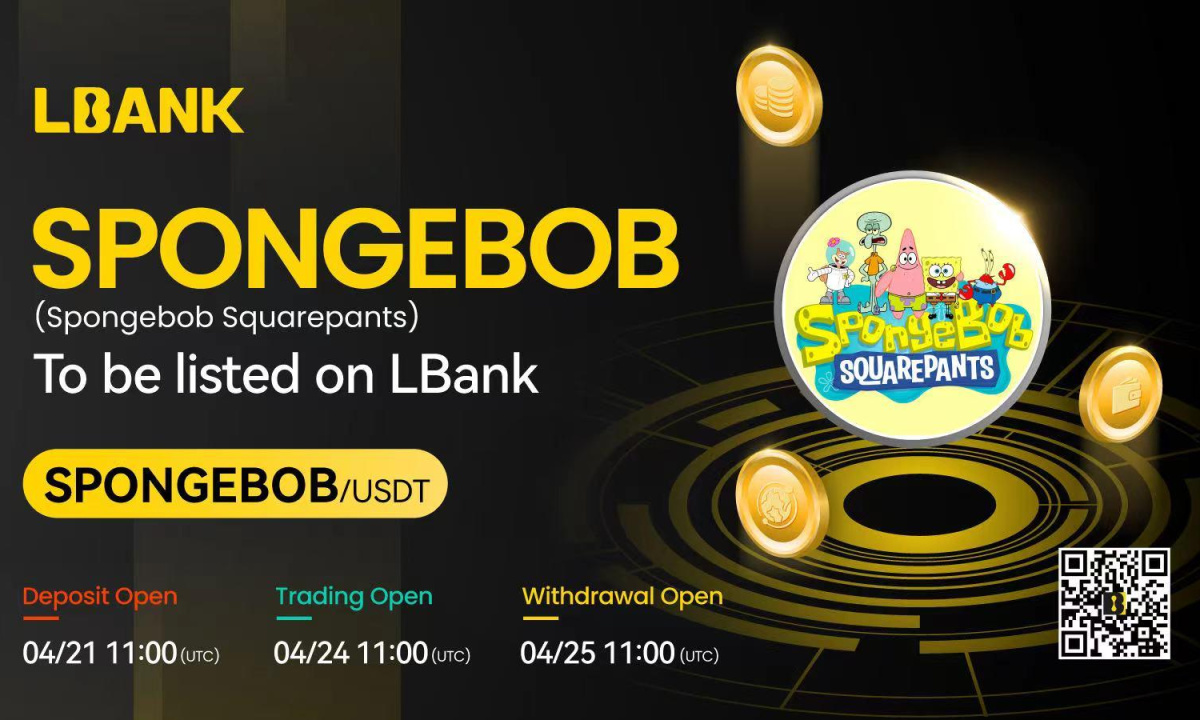Table of Contents
- Part 4 of 4
- It Takes a Village
- Blockchain Deadlocks
- Organisational Decision-Making
- Enter the Matrix
- Hola Back
Part 4 of 4
As the world (and the markets) grapple with the implications of coronavirus COVID-19, events are being cancelled, and online enrollments in digital classes are spiking. Amazon has cancelled travel globally for 750,000 employees. Around the world, people are being ordered to work from home.
If you missed Part 3, you can find it here!
Beyond a short-term stopgap, are we seeing a more profound shift to a distributed organization, where people are separated by geography but united in common purpose and activity? How can blockchain enable this future?
In our final excerpt from Basic Blockchain, we’ll take a closer look at these questions.
* * * * * *
Adapted from Basic Blockchain © 2020 Visionary Future LLC, published by Robinson, an imprint of Little, Brown Book Group
Perhaps one of the more novel applications proposed for blockchain is the reimagining of organisations through the lens of highly distributed decision making.
The heritage of open-source computing and highly distributed community projects provides robust DNA for an expansion of blockchain’s potential from the organisation of facts and figures to the shaping of human systems to new, flexible, creative and rapidly changing forms. The burgeoning needs of organisations to quickly respond to changing circumstances and markets provides the impetus for adopting new and different approaches to getting groups of individuals to move in a coordinated fashion.
It Takes a Village
Open-source computing was born out of frustration over the growing corporatisation of computer software development. A number of the original hackers who helped shape computer technology came from a laid-back, almost hippie counter-culture of the United States of the 1960s and 1970s. One such figure, computer scientist Richard Stallman, wanted to implement a simple workaround for a common problem: a shared printer that jams sending a message to everyone in the group, so someone could fix it. He discovered that the software for their new laser printer was ‘closed’ and was proprietary – prohibiting modification. This and other efforts to restrict information led him to create an open operating system, and help birth a movement towards collaborative systems.
Stallman was followed in the 1990s by Eric Raymond, whose essay ‘The Cathedral and the Bazaar’ served as a call to arms for what he began to term the ‘open-source’ software movement, accompanying the release of his open-source operating system Linux. With open source, the source code (written instructions) of the software is openly published for anyone to use for free. The socially understood price, however, is that if you make improvements, you need to publish those improvements back to the code so that others can take advantage of them. Instead of the proprietary software licensing model of companies like Microsoft, open-source companies like Red Hat made their money from selling services and solutions to enhance the open-source software implementation.
This has led to some large-scale projects, hosted on shared repositories like Github, with thousands of software developers around the world adding to the code and enhancing the code base for the benefit of the many. The MIT License is one of the most popular open source software licenses extant today – a commonly understood legal framework for how to manage intellectual property rights that accompany software projects.
Decisions about what gets accepted into an open-source code library are determined by the project creators. The three most common models, according to the Open Source Guide, are:
- Benevolent Dictator for Life: one individual, typically the one who came up with the project, makes key decisions
- Meritocracy: people who make a meaningful contribution to the project make the key decisions and hold votes to implement changes
- Liberal Contribution: the most active current contributors drive the process, and it is a process of consensus building (rather than a pure vote) that implements change
These different models of managing open-source projects are often considered and applied to blockchain projects, themselves often open-source.
Blockchain Deadlocks
Variations on meritocracy and liberal contribution have been used in numerous blockchain projects, including bitcoin. Both resulted in the unexpected consequence of the hard fork as an output of the democratic decision-making behind blockchain governance, as we discussed earlier in Chapter 1.
Indeed, if we look at Bitcoin versus Bitcoin Cash, the former has a considerably larger market share than the other.
Organisational Decision-Making
As we apply the lessons and formulae from open source and blockchain to the management of organisations, we see an outline emerging of what a responsive organisation of the future might look like.
Why is this organisation needed?
Technology adoption has been accelerating on a power law curve (basically, it’s getting faster and faster with each new technology). It took a century for the telephone to reach 80 per cent of the US market. It took about two decades for the World Wide Web to get to similar levels. It took only a couple of years for mobile internet to achieve the same penetration. By some measures, the ascent of bitcoin was even faster.
As the pace of change accelerates, we run into the fundamental challenge that the way we organise ourselves, in groups and companies, isn’t keeping up with the kind of decision making, creativity and flexibility that is needed from such structures in the face of a rapidly evolving technological environment. If a large organisation takes a year to study how to reorganise itself around a new opportunity, a year or two to act on those changes, and a year to absorb how to operate in the new structure – three or four years in total – how can it possibly address the next technology that might achieve widespread adoption in as rapidly as twelve months? In three months?
Enter the Matrix
Many companies have adopted “matrix management” systems whereby the formal organizational chart is set aside, and functional teams are formed drawing from people across the enterprise to solve a particular problem. People would be recruited and put under the direction of an individual who did not necessarily write their annual performance review, but was tasked with guiding their work for that particular project. This enabled a business to more readily adapt to a new need and focus the necessary skills and talents required to address that need. Some matrixed teams endure for months or years; others are more ephemeral, existing merely for a matter of weeks.
Information systems struggle to keep up with human systems and the perversity of human behaviour. This informational friction has led to a number of cybersecurity failures, because it was more convenient for people to share passwords and logins than it was to go through the process to assign someone formal access for a short-term project. Edward Snowden’s breach of the National Security Agency data systems was enabled in large part by his ability to convince more than two dozen colleagues to provide him with their security credentials under the guise of collaboration, stating he needed their credentials in his role as computer administrator. Quis custodiet ipsos custodes?
Startup companies have to deal with an exceptionally rapid rate of change and respond accordingly. Many tend towards a loosely coupled management model with a high degree of individual autonomy and decision-making. Trying to apply conventional data models to a rapidly-evolving startup creates a host of challenges.
Hola Back
‘Holacracy’ is a form of management popularized by an American ecommerce company Zappos. Led by Tony Hsieh and still operated at the time of this writing with a high degree of independence even though owned by Amazon, Zappos trialled going a step further than matrix management. Tony wanted to do away with layers of management and coordination entirely. He proposed using something called ‘holacracy,’ where self-organising teams and groups would attack challenges.
The advantage of a truly empowered individual is a greater sense of ownership and personal responsibility for work and outcomes. Particularly for the millennial generation, who seek recognition and meaning in their work, the new concept of ‘holacracy’ holds a beguiling promise of relieving the drudgery of acting as a small cog in a very big machine.
A completely democratic organisation that seeks to move with common purpose in a competitive environment will face severe challenges, particularly in times of crisis or stress. At the same time, large organisations are seeking to reinvent themselves for the high velocity future by decentralising authority, granting greater decisional autonomy to individual business units and individuals, and using intelligence computer systems to tie together activity and action into a coherent whole.
In Zappo’s holacracy, an internal jobs board lets teams post tasks and individuals post skills, creating an ability to dynamically allocate labour and empower people to highlight the training they require to broaden or deepen their capabilities. When I visited Zappos a few years ago and met with Tony, I saw both an organisation made up of people who exuded purpose and enthusiasm, and a leader who could see beyond the edge of the map.
Holacracy is well suited to the open-source-inspired world of blockchain. And blockchain, in turn, can help make holacracy more viable. Now that information systems and data governance structures can adapt themselves – thanks to smart contracts and DApps and AI integration with distributed ledgers – to the dynamically changing needs and organisational structures of the institution.
Properly constructed AI agents could help mediate this reconfigurable organisation across a blockchain, automatically adjudicating what today requires human intervention. Ordinarily, when you move from one group to another, or get assigned temporarily to a project team, IT needs to change the permissions information that determines what data you have access to and how you access it. This can sometimes take longer than the duration of the project you are working on. The right kind of AI engine can make this automatic. Data permissions can accompany this reconfiguration on the fly, allowing for better data security and better data utility at the same time. And in an era of distributed teams, widely dispersed across many geographies, tightly linked networked communications can facilitate nimbleness and smooth functioning.
The organisation of the future may or may not live on a blockchain, but without question blockchain holds the potential to make that future organisation more effective. One of the challenges of decentralised decision-making is the loss of coordination of activities. In complex systems this can lead to gridlock and chaos, as nobody knows what the rest of the organisation is doing or how their work fits in with the greater whole, sometimes leading people to working cross-purposes.
The relatively rapid coordination and dissemination of information that blockchain enables can help address some of this chaotic behaviour and better conform it to a desired goal or outcome, such as completing a particular project on time and in synchronisation with a larger strategy. It can make organisations more nimble and respond more effectively to the challenges of a rapidly-changing, rapidly-reconfiguring business climate.
* * * * *
This concludes our series on blockchain past, present, and future excerpted from the new book Basic Blockchain. We look forward to continuing our journey into the future of technology and distributed systems in the coming weeks and months.
Investment Disclaimer







